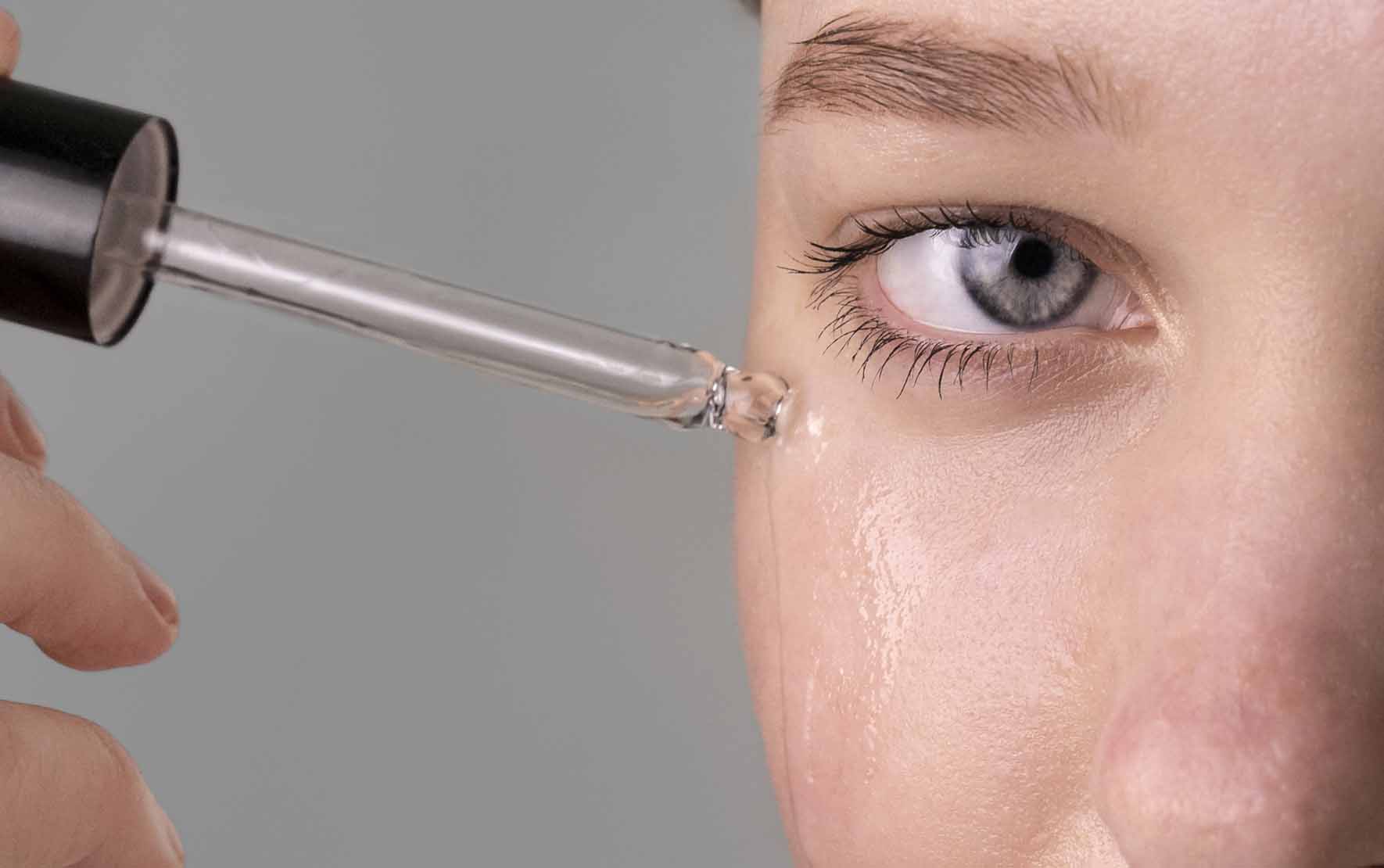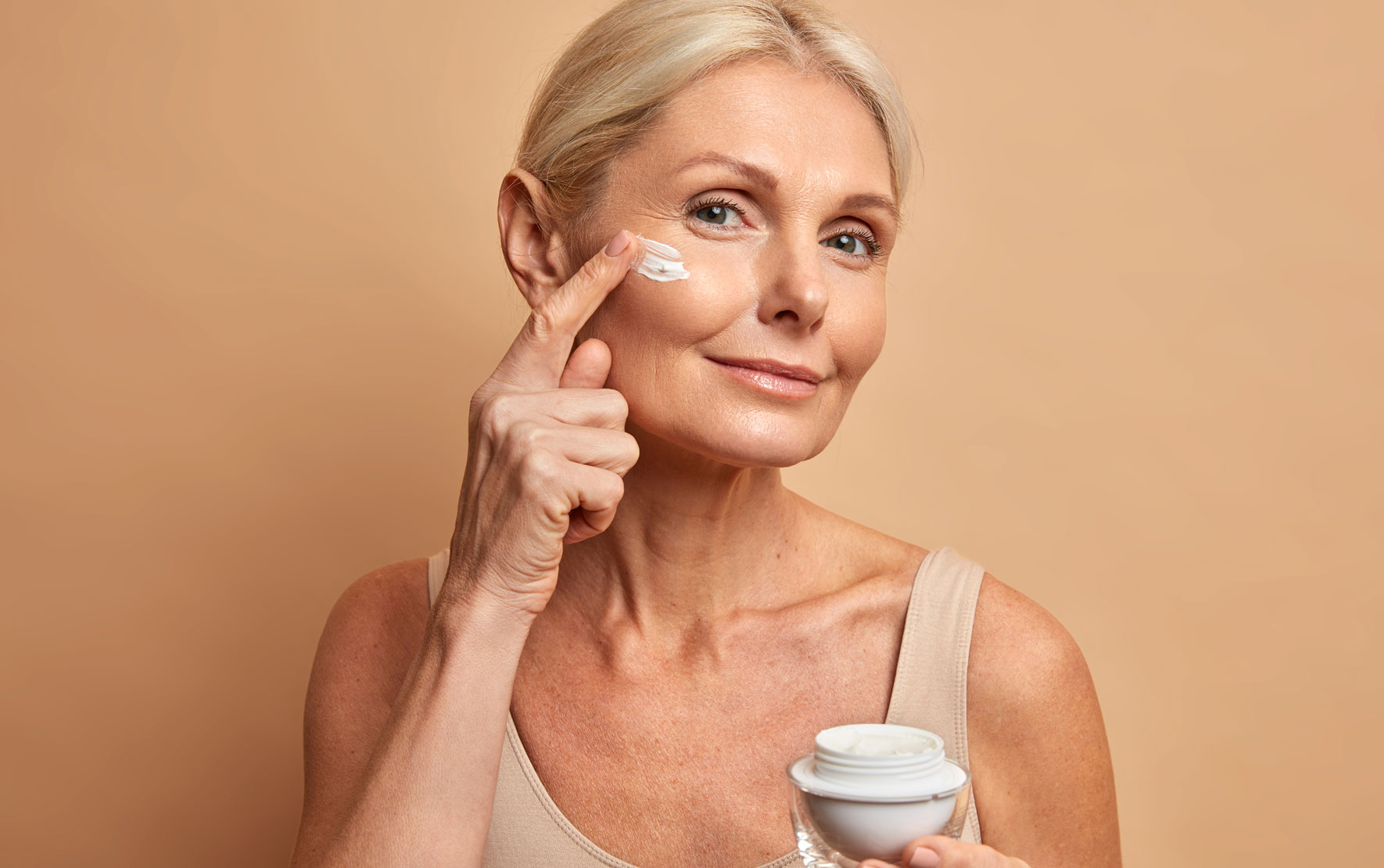Skin Cancer
The skin is the largest organ in the body. Protects us from the heat...

First of all, what is skin cancer?
The skin is the largest organ of the body. It protects us from heat, cold, light, injuries, and infections, and helps regulate body temperature, as well as storing water and fat.
In recent years, there has been a significant increase in various types of skin cancer. The most common are basal cell carcinoma or basalioma, and squamous cell carcinoma.
Skin cells are responsible for forming the cutaneous tissue. In their normal state, these cells grow and divide into new cells as needed, a process called cell regeneration.
When normal skin cells age or are damaged, they naturally die, but when cells lose this mechanism and undergo mutations in their genome (DNA), they become cancer cells. These cells do not die when they age or become damaged and produce new, unnecessary cells uncontrollably, resulting in the formation of cancer, which can occur in different layers of the skin. This growth occurs due to the accumulation of mutations in the DNA of the cells, with intense sun exposure being one of the main risk factors, although other causes may exist, as we will discuss further on.
Early detection of skin cancer is extremely important for the prognosis of the disease, as it makes treatment more effective.
Subtypes of skin cancer
Basal cell carcinoma and squamous cell carcinoma: As mentioned earlier, these are the two most common types. Most of these carcinomas are treatable with current therapies.
Melanoma and malignant melanoma: This type of cancer is associated with acute and intermittent sun exposure and a history of sunburns in childhood, as well as genetic factors. Melanoma is the most malignant form of skin cancer.
Symptoms/warning signs to be aware of
Skin cancer mainly develops in areas of the skin that are more exposed to the sun, including the scalp, face, lips, ears, neck, chest, arms, and hands. But it can also form in areas that rarely have such exposure, like the palms of the hands, nails, and genital area.
The main warning signs for skin cancer are:
- Change in the size or color of a mole or wart;
- Moles with irregular borders;
- Appearance of persistent scaling or crusting over months or years, especially in a sun-exposed area;
- A wound that does not heal in the usual time despite care;
- A lesion that bleeds spontaneously or after slight trauma (e.g., shaving, combing, blowing the nose, or contact with glasses) over weeks or months;
- Brown or pink pigmentation extending beyond the limits of the skin lesion;
- Itching or pain in a mole or wart;
- Edema.

Risk factors
Basalioma and squamous cell carcinoma are associated with excessive sun exposure and its ultraviolet (UV) rays.
Excessive UV exposure is associated with some risk behaviors:
- Severe burns, especially during childhood;
- Spending too much time in the sun over many years, whether at the beach, at work, or during sports practice.
Next, we present other risk factors such as:
- Frequent use of tanning beds, which are artificial sources of UV rays;
- Fair skin;
- Skin infection by certain types of human papillomavirus (HPV);
- Family history of skin cancers;
- Tendency to develop freckles;
- Multiple or atypical moles;
- States of immunosuppression, genetic syndromes, carriers of specific genetic mutations (CDKN2A, CDK4, MITF).
In summary, these risk factors combine with excessive sun exposure, significantly increasing the risk of skin cancer.
Prevention
You have probably heard that the most effective method of preventing skin cancer is to avoid the sun, but moderate sun exposure is quite important. Besides the psychological effect, it is essential for the synthesis of vitamin D in the skin.
Therefore, these are the most important steps to keep in mind:
- Exposure should only be during hours of lower sun intensity, before 11:00 AM and after 4:00 PM;
- It is important to always wear a hat, sunglasses, and protective clothing;
- Always have shade available because this is the best way to avoid UV rays when outdoors;
- Regularly apply sunscreen to areas of skin exposed to the sun;
- Use sunscreen with a sun protection factor (SPF) of 30 or higher;
- Use a lip balm or cream with broad-spectrum sunscreen to protect the lips;
- Be aware of the signs and symptoms mentioned earlier;
- Do not use tanning beds or UV lamps, as these devices expose the skin to UV radiation;
- Frequently perform the self-examination (observe yourself from head to toe, do not forget the back, scalp, genital region, and between the buttocks).

That said, I hope readers have understood the importance of all the care we must take with our skin, especially when we are exposed to the sun. Frequent self-examination is essential for the early detection of skin cancer, as it increases the chances of cure, given that the most common types are treatable with current therapies.
A good sunscreen and avoiding sun exposure during peak intensity hours are two of the most important factors to safeguard whenever possible.
And you, have you done the self-examination today? Are you aware of the risk factors for skin cancer? Do you follow the necessary precautions?




